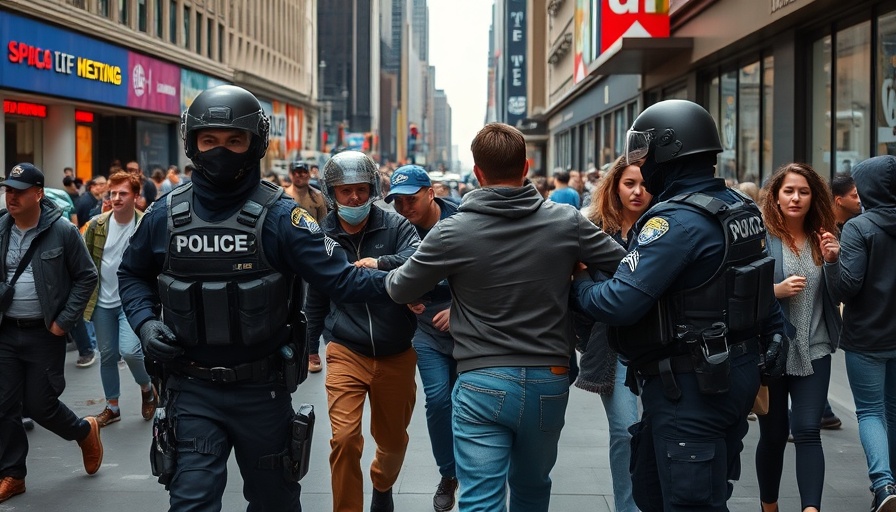
Capturing the Everyday: The Chair Between Fences
In the ever-vibrant streets of San Francisco, even the most mundane can tell a compelling story. A humble chair wedged between fences at Church and 20th streets does just that. This seemingly ordinary sight sparks intrigue and raises questions about urban life, community space, and the stories behind unused objects. What does a solitary chair signify in a bustling city known for its rapid changes and dynamic lifestyle?
The Emotive Landscape of Urban Furniture
Furniture left in public spaces often carries a narrative of neglect, abandonment, or serendipity. This chair is positioned in an unlikely location — a gap between fences that might have been overlooked by many. Such items evoke curiosity: Who placed it there? Is it a forgotten piece of someone’s life, or perhaps an invitation for weary passersby to sit for a moment? This paradox of visibility and invisibility is emblematic of the broader human experience in a city teeming with life.
Symbolism in the Urban Environment
The chair between the fences serves as more than just a seat; it symbolizes the intersection of forgotten spaces and the potential for community engagement. In a city like San Francisco, where public spaces are often a canvas for artistic expression and social interaction, this object can represent the quiet moments that often go unnoticed. The chair prompts us to reflect: What role do informal communal spaces play in our daily lives? How do they shape our interactions within the city?
Community Reflections: Beyond the Chair
Additionally, the chair becomes a starting point for discussions about public safety and the use of communal spaces. As residents and visitors stroll by, they might think about the broader implications of urban design and accessibility. What initiatives exist to enhance the safety and engagement of communal areas in San Francisco? Will the city council address the needs of neighborhoods where such informal gathering spots can become a boon for community cohesion?
Urban Art: Chairs and Community Identity
Moreover, one cannot overlook the artistic value that such a chair holds. In cities, art and functionality often intermingle, creating spaces for reflection and interpretation. Local artists or community members may find inspiration in this enigmatic object, perhaps leading to a project that rejuvenates the neighborhood or raises awareness about local issues. Embracing these artistic expressions highlights the rich tapestry of community identity woven throughout the city.
The Futuristic Vision of Public Spaces
As urban planning continues to evolve, the significance of small elements like this chair should not be underestimated. Future modifications to San Francisco's community spaces could focus on integrating more flexible and multifunctional areas to accommodate various uses, enhancing the urban landscape. Innovative strategies such as neighborhood initiatives and local art installations can reimagine how spaces are used, transforming them into nodes of interaction and cultural expression.
Conclusion: A Call to Community Action
As the chair sits quietly between the fences, it implores the residents of San Francisco to engage in their community actively. It is a reminder that often, the smallest elements in our environment can lead to rich conversations and spark movements for change. The next time you pass by a chair or any ordinary object in your neighborhood, take a moment to consider its story and the potential it holds. Perhaps share your thoughts on local forums or community meetings about how we can enhance our public landscapes together.
 Add Row
Add Row  Add
Add 




Write A Comment